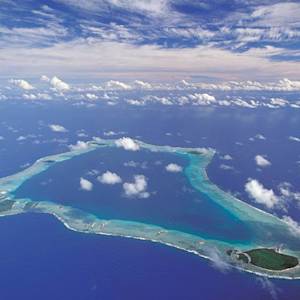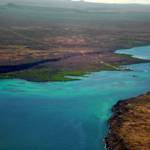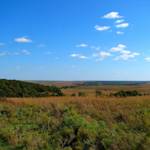Yellowstone, First national park in US
1872 CE • Yellowstone
"The headwaters of the Yellowstone River . . . is hereby reserved and withdrawn from settlement, occupancy, or sale … and dedicated and set apart as a public park or pleasuring-ground for the benefit and enjoyment of the people.” — Yellowstone National Park Protection Act Yellowstone "became the first national park in the U.S. on March 1, 1872, when President Ulysses S. Grant signed the Yellowstone National Park Protection Act into law. The park, which stretches into Wyoming, Montana, and Idaho, is known for its unique natural scenery, bountiful wildlife, and deep history. It also helped usher in the broader national park movement in the U.S." Yellowstone is home to a wide array of wildlife, including "the largest concentration of mammals in the lower 48 states. Bears, wolves, coyotes, moose, and a large population of small animals can be found in the park. It's also the only place in the U.S. where bison have lived continuously since prehistoric times."
Yellowstone National Park Protection Act Jaclyn Diaz, "Yellowstone turns 150. Here's a peek into the national park's history," NPR, March 1, 2022.
Image: Gregory "Slobirdr" Smith via Flickr, Attribution-NonCommercial-NoDerivs 2.0 Generic (CC BY-NC-ND 2.0)


Learn about Maya Lin’s fifth and final memorial: a multi-platform science based artwork that presents an ecological history of our world - past, present, and future.

Discover ecological histories and stories of former abundance, loss, and recovery on the map of memory.

Learn how we can reduce our emissions and protect and restore species and habitats – around the world.

See how art can help us rethink the problems we face, and give us hope that each one of us can make a difference.

Help make a global memorial something personal and close to home. Share your stories of the natural world.


